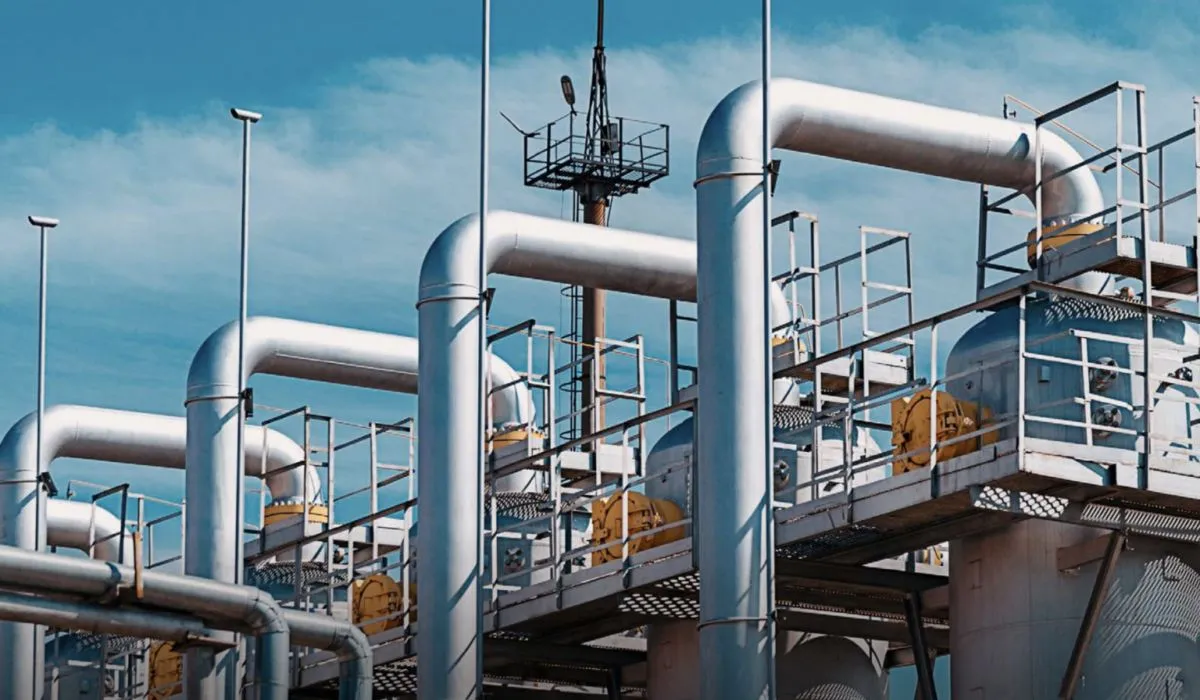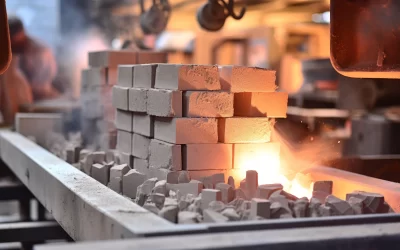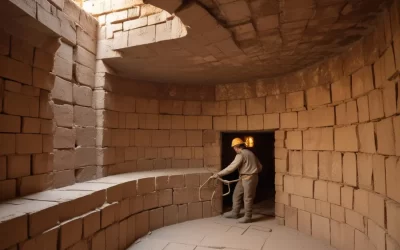The impact of alternative fuels on refractory materials is a topic of increasing significance in the industrial landscape. As industries continue to seek sustainable and environmentally friendly solutions, alternative fuels have emerged as a viable option to replace traditional fossil fuels in various industrial processes, especially the cement industry.
In this exploration, we delve into the complex interplay between alternative fuels and refractory materials, examining both the opportunities and challenges they present in the search for sustainable industrial practices.
Alternative Fuels & Refractory Materials
Before we go any further, let us go over the basics. Alternative fuels refer to any fuel that is used in place of conventional fossil fuels, such as petroleum, coal, or natural gas. These fuels are typically derived from renewable sources or produced using innovative technologies.
On the other hand, refractory materials are heat-resistant substances used in high-temperature processes, such as industrial furnaces, kilns, and reactors. They are designed to withstand extreme heat and harsh conditions without deforming.
Thus, the use of alternative fuels can present unique challenges and have a significant impact on refractory materials. As a leading refractory industry in India, we recognize the importance of addressing these challenges, ensuring optimal performance and efficiency.
An Impact of Alternative Fuels on Refractory Materials
The importance and impact of alternative fuels for refractory materials cannot be demonstrated in modern industrial operations. In key sectors such as steel, iron, and cement, refractory materials are considered the backbone. As industries throughout the world shift to more sustainable practices, alternative fuels have entered the market to minimize carbon emissions and alleviate environmental effects.
When alternative fuels are used in high-temperature operations, such as furnaces and kilns, they can affect the chemical reactions and erosion patterns that refractory materials undergo. This interaction ensures the effectiveness of refractory linings and high-temperature applications without having a negative environmental impact, as it usually does.
Benefits of Using Alternative Fuels for Refractory Materials
Here are some benefits of using alternative fuels for refractory materials to demonstrate why leading industries should opt for alternative fuels instead of fossil fuels.
Reduced Environmental Impact: As alternative fuels produce lower levels of greenhouse gas emissions compared to traditional fuels, it results in sustainable practices for industries that overall benefit the environment.
Cost Savings: Alternative fuels are derived from renewable sources, which makes them more cost-effective compared to conventional fossil fuels. Utilizing alternative fuels industries can save costs without compromising on industrial processes
Diversification of Energy Sources: Incorporating alternative fuels into industrial operations allows for greater diversification of energy sources. This reduces reliance on finite fossil fuel reserves and enhances energy security for industries.
Compliance with Regulations: As governments worldwide implement stricter regulations to reduce emissions and promote sustainability, the use of alternative fuels can help industries comply with environmental standards and regulations.
How to Select Refractories for High Use of Alternative Fuels?
It is crucial to consider the effects of alternative fuels on refractory performance when choosing refractories for your project. To select the right refractories, follow the below-given guidelines and make a well-informed decision:
→ Select refractory materials that can withstand attacks by alkali chemicals.
→ Make use of refractory materials with low porosity such as mullite, silicon carbide, and high alumina.
→ To achieve maximum efficiency and results, especially in high-temperature applications, think about utilizing pre-cast refractory shapes.
→ Select refractory materials with strong thermal shock resistance, such as high alumina bricks.
→ Regularly monitor the performance of the refractory; use visual inspection, temperature measurements, and other diagnostic tools to find possible damage before it is too late.
Conclusion
In conclusion, the use of alternative fuels for refractory materials offers numerous benefits, ranging from environmental sustainability and cost savings to improved energy efficiency and making sustainable brand image. By embracing alternative fuel technologies, industries can enhance their competitiveness, reduce environmental impact, and contribute to a more sustainable future.
Additionally, choosing the right refractory material is the very first thing that needs to be considered. If you are looking for castable refractory, high alumina refractory bricks, fireclay bricks, or refractory clay, Ganeshas has you covered.
Ganeshas Refractory is a leading refractory manufacturer and supplier in India, using trailblazing machines to develop refractory materials tailored to the needs of industries. We have been providing quality tested products at the best possible prices for years, so get in touch with us for more information. Our team is here to help you every step of the way.




